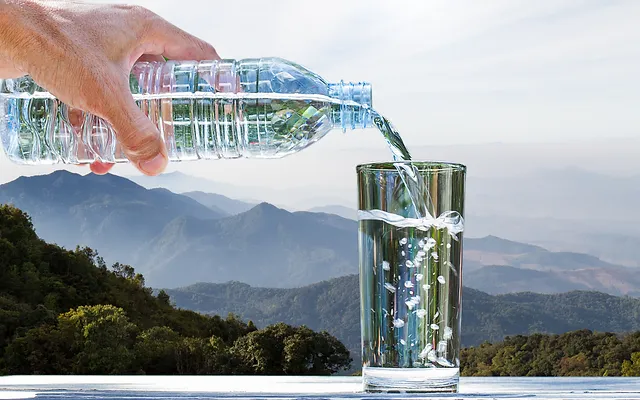How biophotonic glass affects the quality of bottled water
In a world where sustainability and health are becoming increasingly important, it’s no surprise that the way we package water and other natural products is being scrutinized. One of the most innovative solutions to hit the market in recent years is biophotonic glass. This advanced technology not only offers environmental benefits but also plays a crucial role in preserving the quality of water and other natural products.
What is biophotonic glass?
Biophotonic glass is a special type of glass designed to allow light of specific wavelengths to pass through while blocking other types of light. This glass is usually dark purple or black in color and has unique properties that make it ideal for storing natural products such as water, oils, herbs, and cosmetics.
The idea behind biophotonic glass is that certain types of light, such as ultraviolet (UV) light, can degrade the quality of products by causing oxidation and molecular breakdown. Biophotonic glass blocks these harmful rays while allowing certain wavelengths of light to pass through that are actually beneficial for preserving the quality of the product.
How does biophotonic glass work?
The function of biophotonic glass is based on the interaction between light and matter. Light consists of different wavelengths, ranging from the visible spectrum to invisible UV and infrared rays. Some of these wavelengths can be harmful to organic substances, such as water and food, because they can alter molecular structures and accelerate oxidation.
Biophotonic glass blocks harmful UV rays and only allows light in the violet and infrared spectrum to pass through. This specific light spectrum has been shown to have a preserving effect on natural products, significantly extending their shelf life and quality. This makes biophotonic glass an excellent choice for storing water and other natural products.
Why packaging matters
The choice of your water bottle can have a direct impact on both your health and the environment. Many people are aware of the downsides of plastic water bottles, such as the presence of harmful chemicals like BPA (bisphenol A) and the negative environmental impact. Biophotonic glass offers a healthy and sustainable alternative.
Plastic bottles can leach chemicals into the water, especially when exposed to heat or sunlight. This can not only affect the taste of the water but also be harmful to your health. Biophotonic glass, on the other hand, is completely inert, meaning it does not release chemicals and does not affect the quality of the water.
Additionally, using biophotonic glass contributes to a more sustainable lifestyle. Unlike plastic, which is often discarded after a single use, a biophotonic glass water bottle can last for years. This reduces the amount of waste we produce and helps protect the environment.
The future of sustainable packaging
The rise of biophotonic glass is just one of many innovations contributing to a more sustainable future. As consumers become increasingly aware of the impact of their choices on the environment, the demand for eco-friendly packaging solutions is growing. Biophotonic glass offers a promising solution for the food industry as well as the cosmetics and pharmaceutical sectors.
In addition, technology plays an important role in the development of sustainable packaging. Software companies are helping to optimize production processes, making it possible to produce biophotonic glass more efficiently and on a larger scale, such as oil glass and cosmetic packaging. This not only helps reduce costs but also makes it more accessible to a wider audience.





